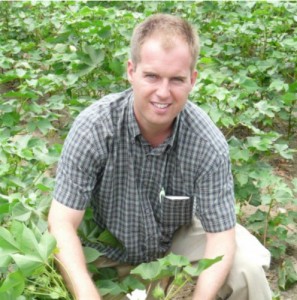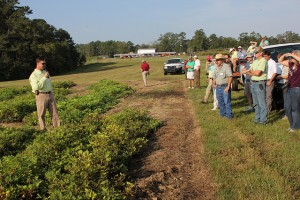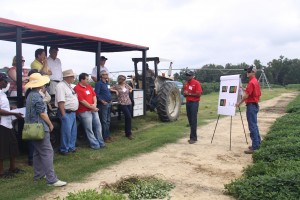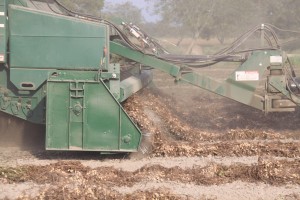Welcome to Thomas County, Georgia, the host city of the 2015 Georgia Peanut Tour. Thomas County is located in South Central Georgia and known for its big oak trees, prosperous agriculture and thriving industries. Thomas County was created in 1825 from portions of Decatur and Irwin counties. Georgia’s 63rd county, and its county seat, Thomasville, were named for a hero of the War of 1812, General Jett Thomas. Thomasville is known for its annual Rose Festival; for the “Big Oak,” which has a limb spread of 175 feet; and for the McKinley Memorial Tree planted in 1896 as a salute to candidate William McKinley, who became the 25th President of the United States. Thomasville was a popular, turn-of-the-century, winter resort for wealthy northern families. Non-residents still maintain many large estates and hunting preserves. Many of these estates are listed on the National Register of Historic Places including the Susina Plantation Inn and the Lapham-Patterson House.
 Since Thomasville is known for its history, then it was only fitting to hold one of the meals on the tour at the oldest restaurant in the state of Georgia – The Plaza Restaurant. Established in 1916, The Plaza has been the restaurant generations of southwest Georgians have come to for fabulous meals, celebrate special occasions, break bread with elected officials, or just enjoy the company of family and loved ones. Over the years The Plaza has had a variety of owners, most of whom were of Greek heritage. In 2007 a new era for The Plaza began when it was purchased from George Mathes, Andrew Poulos, and Angelo Mathes by Michael Regina, a visionary restauranteur and chef. Born in Manhattan and raised in upstate New York, Michael Regina owned and operated restaurants in New York from 1984 to 1998. Since coming to Thomasville it has been his mission to make The Plaza an even greater restaurant.
Since Thomasville is known for its history, then it was only fitting to hold one of the meals on the tour at the oldest restaurant in the state of Georgia – The Plaza Restaurant. Established in 1916, The Plaza has been the restaurant generations of southwest Georgians have come to for fabulous meals, celebrate special occasions, break bread with elected officials, or just enjoy the company of family and loved ones. Over the years The Plaza has had a variety of owners, most of whom were of Greek heritage. In 2007 a new era for The Plaza began when it was purchased from George Mathes, Andrew Poulos, and Angelo Mathes by Michael Regina, a visionary restauranteur and chef. Born in Manhattan and raised in upstate New York, Michael Regina owned and operated restaurants in New York from 1984 to 1998. Since coming to Thomasville it has been his mission to make The Plaza an even greater restaurant.
 During the meal, Andrew Sawyer, University of Georgia Thomas County Extension agent, provided an overview of agriculture in the county. According to Sawyer, the top commodities in Thomas County include cotton (30,000 acres), peanuts (9,000 acres) and pecans (2,800 acres of orchards). There is also 200,000 acres of forest land. Agriculture is the number one business in the county which is also known for its plantations. The majority of acreage in Thomas County is dryland and farmers have struggled with white mold and tomato spotted wilt virus this year. To continue learning more about Thomas County agriculture visit Sawyer’s blog at www.thomascountyag.com.
During the meal, Andrew Sawyer, University of Georgia Thomas County Extension agent, provided an overview of agriculture in the county. According to Sawyer, the top commodities in Thomas County include cotton (30,000 acres), peanuts (9,000 acres) and pecans (2,800 acres of orchards). There is also 200,000 acres of forest land. Agriculture is the number one business in the county which is also known for its plantations. The majority of acreage in Thomas County is dryland and farmers have struggled with white mold and tomato spotted wilt virus this year. To continue learning more about Thomas County agriculture visit Sawyer’s blog at www.thomascountyag.com.
View the 2015 Georgia Peanut Tour Photo Album.






